Our Story
Our Purpose
When you stay at The Juniper, you support our purpose: to inspire guests, uplift our communities and nurture our environment. Thank you for choosing an independent business for your experience in Banff National Park.
Land Acknowledgement
We welcome you to Banff and the Bow Valley. This has long been a place where early peoples came in peace.
There is deep and enduring memory of this valley held by Ktunaxa , Secwepemc, Métis, Dene & Tsu T’ina, Mountain Cree, Siksika & Blackfoot, and Stoney Nakoda peoples.
We acknowledge both the Treaty of 1877, Treaty Seven, and the Treaty of 1895 between the salmon and buffalo peoples.
We are grateful to live here and live together with all our relations.
Our History
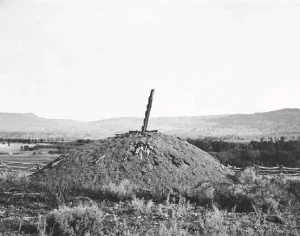
4000+ years ago
Indigenous peoples travel to the Bow Valley seasonally, across the mountain passes. Six Indigenous language groups across the continent have cultural memory of this valley.
Sewecpmec peoples construct traditional circular pit-houses, or Kigulis, including near the site where the Juniper now stands. They return to these dwellings year after year, looking out at the same mountain landscapes that we enjoy today.
1878
John Norquay, of Anglo-Métis heritage, becomes Premier of Manitoba, the first Indigenous provincial leader in Canada.
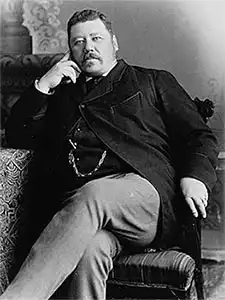
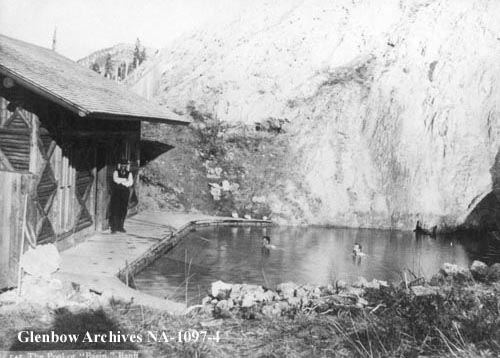
1883
European settlers working on the railway line ‘discover’ the hot springs at the base of Sulphur Mountain, already known as a sacred site by local First Nations.
Seeing their value as a tourist attraction, they move to protect the site. This paves the way to Banff becoming Canada’s first national park.
Image courtesy of Glenbow Archives, swimmers in the ‘basin’ c.1890.
1902
After the Premier’s attempted climb some years earlier, the mountain that rises up behind our hotel is named Mt. Norquay. It’s thought that Premier Norquay never actually reached the summit!
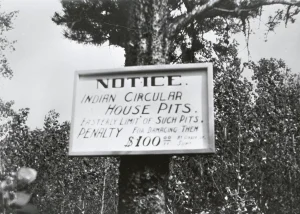
1913
The Dominion of Canada send an archeologist, Harlan I. Smith, to Banff. His task is to catalogue any sites of historical interest.
Locals guide him to a kiguli site by the river bank – after years of disuse, they appear as circular depressions in the ground.
Recognizing their significance, Smith erects a sign, making this the first protected archeological site in Canada. The $100 fine for damage would equal around $3000 today!
Sadly, in the following decades the large Kiguli complex is destroyed as the Banff Springs hotel expands.
1926
Enterprising locals cut the first ski runs into the side of Mt. Norquay.

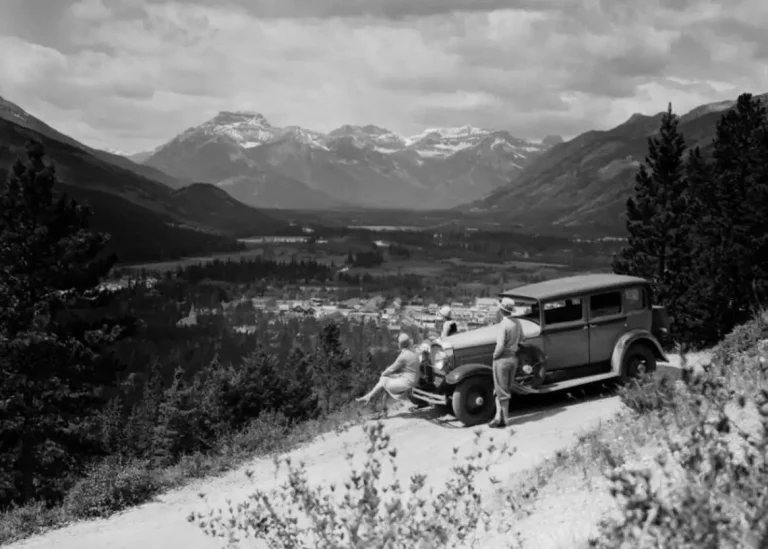
1931
Previously only accessible by train or horse, motor vehicles are permitted in Banff National Park for the first time .
1957
With the Rockies section of the Trans-Canada Highway nearing completion, a new era of travel is dawning.
To meet the needs of the modern motorist, Calgary architect John Cawston designs a cutting edge hotel on the lower slopes of Mt. Norquay. His modernist creation opens as The Timberline Hotel.


1960s
Our unique location offers more than just views – the Timberline Hotel boasts the best TV signal in the Bow Valley! The dining room offers sophisticated, European-style meals including Mock Turtle soup and Chateaubriand for 2 for $6.00…
1989
Parks Canada archaeologists excavate the area around Vermilion Lakes and next to the Timberline Inn. Their findings further validate the cultural memory of the Secwepemc peoples, revealing the presence of their ancestors and traditional kiguli architecture in the Bow Valley.

2001
The Timberline comes up for sale. Knowing the historic significance of the site, and inspired by the property’s potential, local company Arctos & Bird jump at the chance to transform it for a new era.
A renovation plan aims to preserve the building’s character, improve the environmental performance of the building and grounds, and reuse as many original or reclaimed materials as possible.
.
2004
The hotel reopens with a brand new name. The team take inspiration from nature and the way the building hugs the hillside, blending into the landscape.
This is one of the few areas of the park where all three species of Juniper tree grow, including the low spreading Juniperus Horizontalis.
And so, the property becomes The Juniper Hotel.

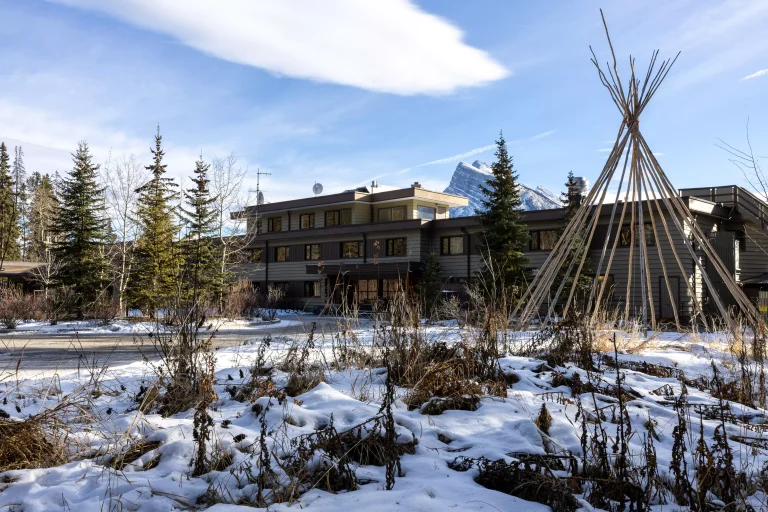
Today
As Banff continues to grow in popularity, our mountain community aims to be a leader in environmentally and socially conscious tourism.
We want to enjoy the beauty of this place while preserving and restoring it for future generations.
The Juniper team strive to make our operations more nature-positive, support and celebrate our diverse local communities, and deliver inspiring experiences for our guests.
Thank you for being part of this journey with us!